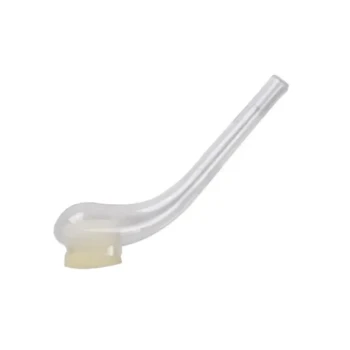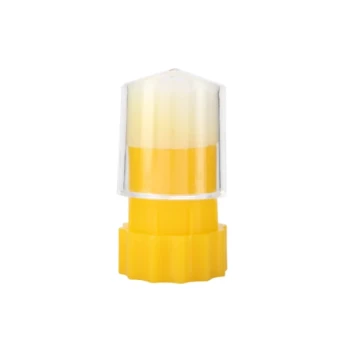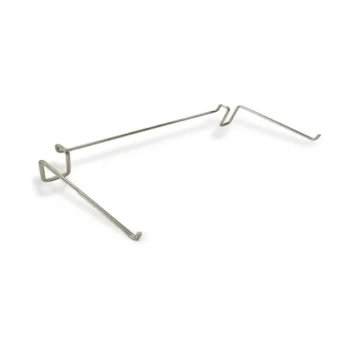In hot weather, you must wait until the cool of the evening before distributing any biological cells. Applying them during the peak heat of the day exposes them to extreme thermal stress, which can severely reduce their viability or kill them outright, rendering the application ineffective.
The core principle is simple: living cells are highly vulnerable to sudden temperature shocks. Distributing them in the evening gives them the best possible chance to acclimate to their new environment overnight before facing the stress of another hot day.
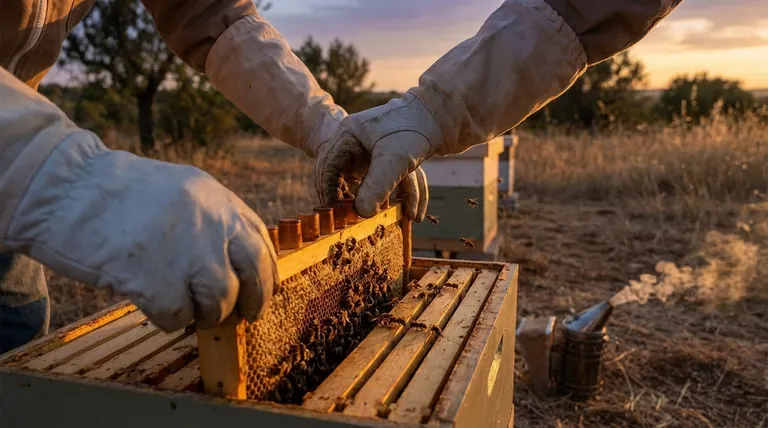
The Critical Threat: Heat Stress and Viability
Understanding why timing is so crucial requires understanding the impact of heat on a cellular level. These are not inert powders; they are living organisms that require specific conditions to thrive.
What Happens to Cells in High Heat?
High temperatures cause significant stress, leading to dehydration and potential death. Most biological control agents or soil amendments are raised and shipped in controlled, cool environments. Moving them directly from this stable condition into extreme field heat is a recipe for failure.
The Impact on Application Efficacy
When cells die from heat stress upon application, you lose the very benefit you paid for. A failed application means a waste of product, money, and the time spent on distribution. The initial problem you sought to solve remains unaddressed.
Why Evening Application is the Solution
Distributing cells in the evening leverages the natural drop in temperature. This provides a crucial window of several cooler hours—overnight and into the early morning—for the cells to recover from transit and gradually acclimate to the ambient conditions of their new environment.
Common Pitfalls to Avoid
Success often depends on avoiding a few common but critical mistakes. Rushing the process is the most frequent cause of failure.
The "Get It Done" Mentality
It is easy to prioritize finishing a task over following a critical protocol. However, distributing cells in the middle of a hot day is counterproductive. The time saved is irrelevant if the application fails.
Misjudging "Cool Enough"
"Evening" is a guideline, but the actual temperature is what matters. On an exceptionally hot day, you may need to wait until later in the evening or dusk for the temperature to drop to a safe level. Do not proceed if the heat remains intense after the sun has begun to set.
Ignoring Pre-Distribution Handling
The vulnerability to heat begins before the cells are even distributed. Never leave the container of cells sitting in direct sunlight or in a hot vehicle. Keep them in a cooler or a shaded, cool area until the exact moment of application.
Making the Right Choice for Your Goal
Your application strategy should always be dictated by the biological needs of the cells, not by your schedule.
- If your primary focus is maximum efficacy: Always wait until the ambient temperature has dropped significantly in the evening. This non-negotiable step protects your investment and ensures the cells are viable and effective.
- If your primary focus is managing a time-sensitive issue: Rushing the application in high heat will only set you back further. A failed application from heat-stressed cells is a greater loss of time and resources than waiting a few hours for the right conditions.
Ultimately, patience and proper timing are the foundation of any successful biological application.
Summary Table:
| Key Consideration | Why It Matters |
|---|---|
| Timing | Apply in the evening when temperatures drop to prevent thermal shock and cell death. |
| Heat Stress | High temperatures cause dehydration and kill cells, rendering the application ineffective. |
| Handling | Keep cells cool and shaded before distribution; never leave them in direct sun or a hot vehicle. |
| Efficacy | Proper timing ensures cells acclimate overnight, protecting your investment and achieving desired results. |
Ensure your biological applications succeed, even in the heat. HONESTBEE supplies commercial apiaries and beekeeping equipment distributors with the reliable supplies and equipment needed for precise, effective operations. Protect your investment and maximize results—contact our experts today to discuss wholesale solutions tailored to your needs.
Visual Guide
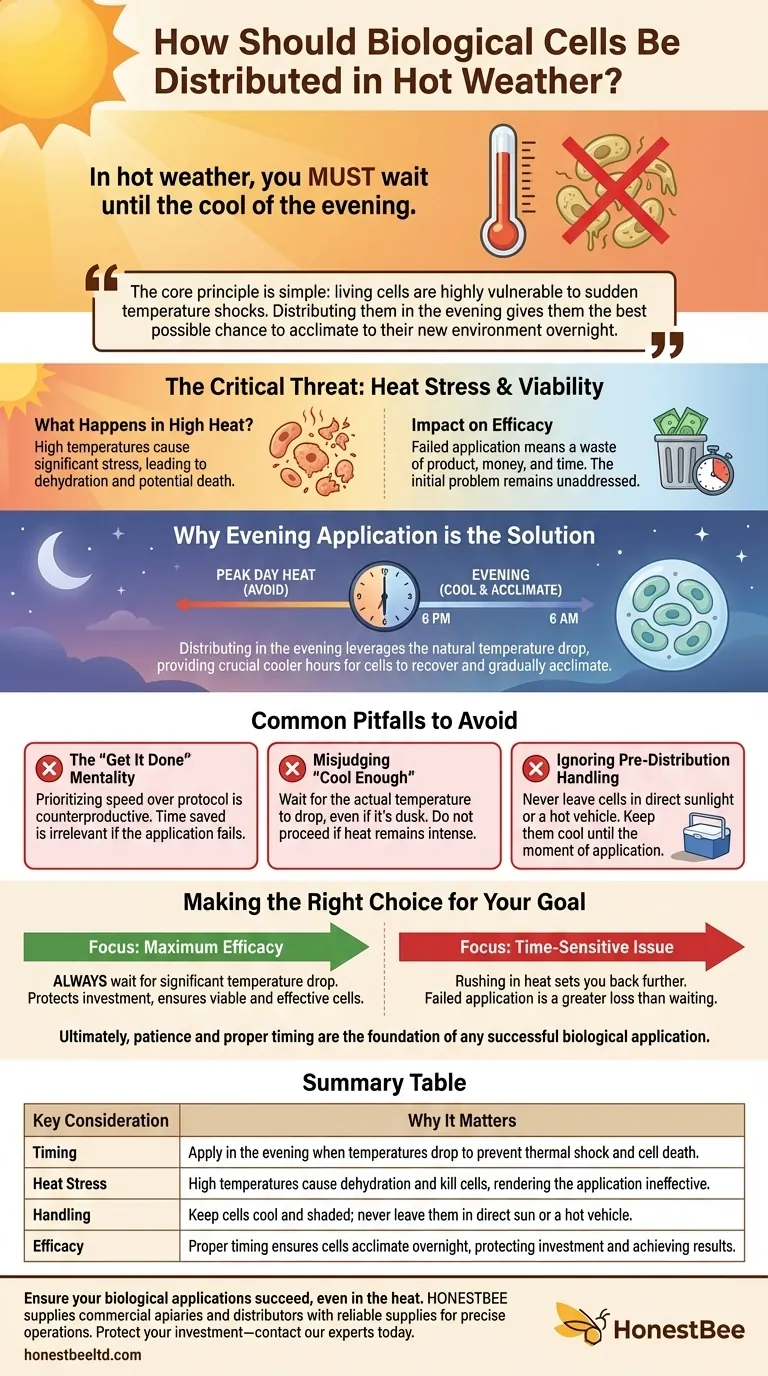
Related Products
- Brown Nicot Queen Cell Cups for Breeding Queen Bees Beekeeping
- JZBZ Type Wide Base Plastic Queen Cell Cups for Base Mounting and Queen Rearing
- JZBZ Push-In Queen Cell Cups for Beekeeping
- Clear Black Plain Polystyrene Queen Bee Grafting Cell Cups No Lug for Bee Queen Cup
- JZBZ Langstroth Queen Rearing Frame for Beekeeping
People Also Ask
- How does Queen Rearing with JZBZ work? A Reliable System for Consistent Queen Production
- How many cells are given to a nucleus? Understand the One-to-One Rule in Cell Biology
- What is the benefit of inducing supersedure by giving a queenright colony a protected queen cell? A Seamless Requeening Method
- What are the signs that a queen cell is about to emerge? Master the Critical Timing for Hive Success
- What should be done with extra queens from grafting? A Strategic Guide for Apiary Management







